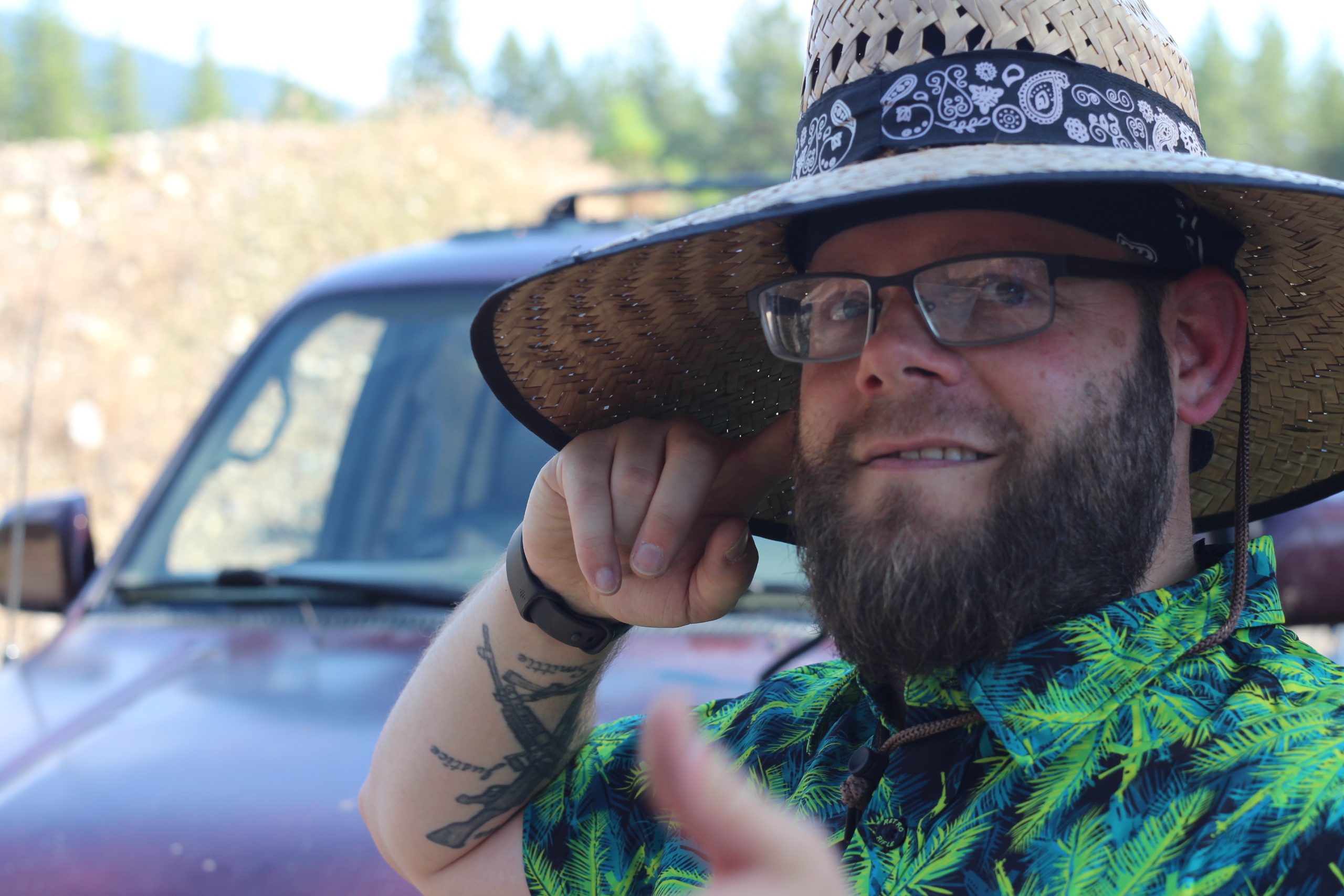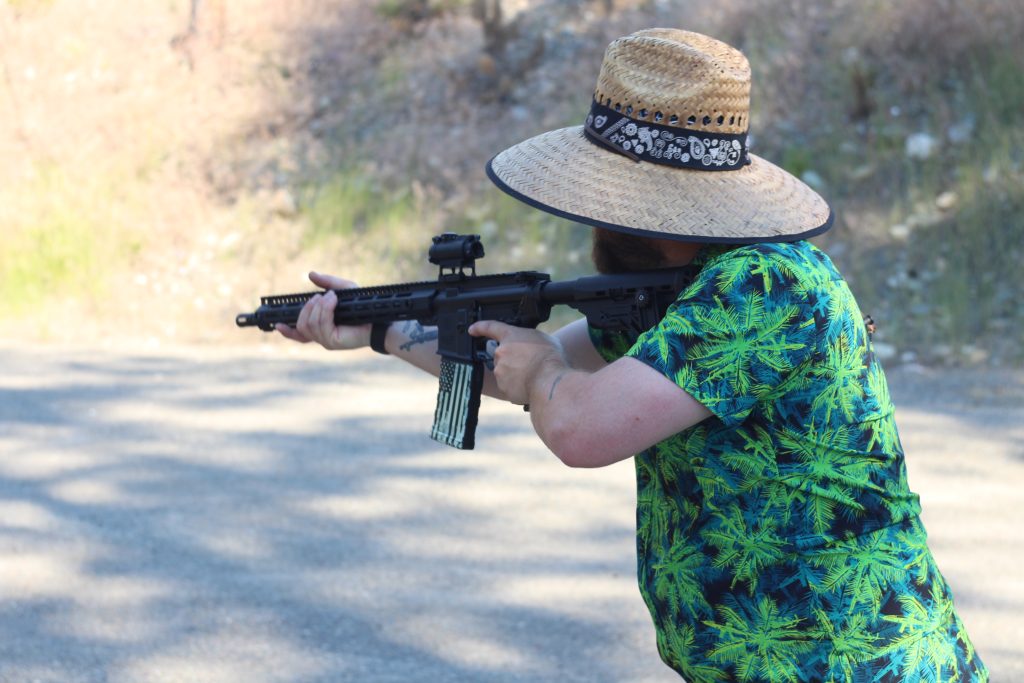Hello all and welcome to the first blog I have ever written.
My name is Ian Smith, and I have been involved in some form of emergency, or military service for the last 20 years. At 15 I joined a volunteer fire department, at 16 the United States Army (Delayed Entry Program) and at 17, I took and passed the National Registry EMT test and served with an ambulance crew. Shortly after graduating high school, I was in Baghdad Iraq. I served as an infantryman with a reconnaissance platoon where I did over 350 combat missions.
While in college I went through the NRA pistol, rifle, shotgun, and muzzleloader instructor courses. I also got an accreditation from the American Archery Association to teach archery. In 2014, I taught Boy Scouts the firearm merit badge, and the archery merit badge at a scout camp in Denali Alaska.
After I got back, I pursued a career as a police officer. Over the last 8 years, I have worked in most aspects of the job. From the jail, to patrol, to investigations, to special teams, I have gained a lot of valuable experience in a short time. In 2020, I was sent to Firearms Instructor School for the Montana Law Enforcement Academy. This gave me the ability to write policy for police departments, conduct training, write qualifications, and teach classes on firearms. I am an assistant range instructor for 2 departments in my area. Summed up, I have been around firearms for 20 years and have various accreditations allowing me to share the information I have gained.
Enough about me, lets get into the real reason we are here:
I believe everyone who can own a gun should. It is a huge responsibility to make a conscious decision to take your protection into your own hands. It is what the founding fathers had in mind, and it goes along with the American Ideals, and American Way. Why rely on another for your self-protection? The police cannot be everywhere all the time, and when seconds count, they are usually minutes away. Part of this responsibility, however, is to be proficient, safe, and knowing your local laws.
The Basics
I will be taking a crawl, walk, run approach to gun safety. The first topic will be the 4 firearms safety laws.
1. Treat every firearm as if it is loaded.
This means having the utmost respect for the firearm. Not waving it around, putting your finger on the trigger, or pointing it in an unsafe direction. But above all, we need to keep in mind the thing we are holding can take someone’s life. In line with that, it can deprive you (the user) of your liberty. I say this because if someone gets harmed while you are holding the gun, you will be facing legal charges.
2. Keep the muzzle pointed in a safe direction.
This takes some thought on your end. Depending on your location it is always different. Usually this means the ground, but if you live in an apartment building, the floor may be your neighbor’s ceiling. In a single-story house, what you believe is a safe direction could be your neighbor’s house. Regardless, a safe direction is if the gun were to go off where would be a safe place for the projectile to land?
3. Keep your finger off the trigger until you are ready to shoot.
Guns are mechanical pieces of equipment. They do not ask you if you are sure, you want to pull the trigger. They are engineered to go off when the right amount of pressure is applied to the trigger, regardless of where it is pointed. Even if the gun has a safety to prevent it from firing you still should not place your finger on the trigger until you are ready to shoot. I ask you, why chance it? There is the possibility a safety mechanism could fail.
4. Know your target and what’s behind it.
Bullets are literally designed to go through things, so we need to make sure our projectiles are landing in a safe area. This also means we aren’t setting up targets with no backstop. Knowing our target is huge in law enforcement. Is the target still a threat? If hunting, is the target still safe to shoot at? If target shooting, is the range still clear, and do I have a clear shot to the target?
I believe “accidental discharges” only apply to one specific circumstance. When the firearm has a mechanical failure that causes it to go off by itself. These are by far the rarest occurrences of all when talking about firearms. By no means impossible, it is unlikely a firearm will fail mechanically cause it to “just go off.” But if we follow the 4 safety rules, no one will be killed or injured if this happens.
The second discharge is a “negligent discharge.” This is 100% operator related. One of the most common I see is not clearing a firearm correctly. I have heard “I didn’t know it was loaded” on multiple occasions. Once had an instructor tell me; a failure is a result of 1000 smaller pieces that come together causing a catastrophe. But if we remember the 3-4 safety rules, it won’t kill or injure anyone and there can be valuable lessons learned.
In closing, I don’t believe these are just rules, I live my life by them. If I hand you a gun after I cleared it and you don’t clear it, I will look at you funny until you do. Guns can be dangerous, but if we make these rules a part of our life, we don’t have to live through the unimaginable.


Hey Ian,
This is excellent information and I’m glad you’ve done this to help people understand firearm safety. I’ll be signing up for your class.
Awesome! I am really glad to hear that. I will let you know when the next class is!